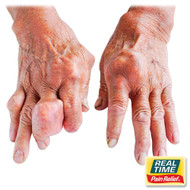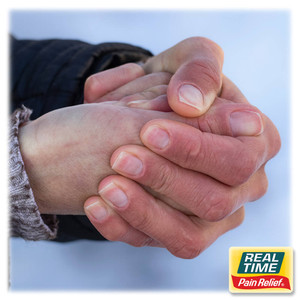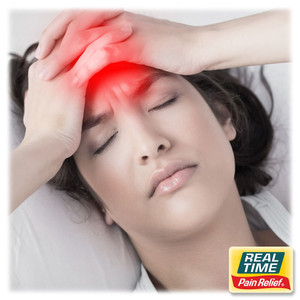Understanding Gout: A Detailed Overview
Posted by Dennis R. Escalera on 1st May 2024
Gout is a form of inflammatory arthritis characterized by sudden, severe attacks of pain, redness, and tenderness in joints, often the joint at the base of the big toe. Gout attacks can happen suddenly, often waking you up in the middle of the night with the sensation that your big toe is on fire. The affected joint is hot, swollen, and so tender that even the weight of the sheet on it may seem intolerable. This condition results from elevated levels of uric acid in the blood, which can form hard crystals in and around the joints.
Causes and Risk Factors
The primary cause of gout is hyperuricemia, a condition where there is too much uric acid in the body. The body produces uric acid when it breaks down purines, substances found in your body, and the foods you eat. While uric acid is usually dissolved in the blood and passed through the kidneys into the urine, sometimes the body either produces too much uric acid or the kidneys excrete too little. This buildup of uric acid can lead to the formation of sharp urate crystals in a joint or surrounding tissue, causing pain, inflammation, and swelling.
Factors that can increase the risk of gout include diet (eating a diet rich in meat and seafood and drinking beverages sweetened with fruit sugar (fructose)), obesity, certain medical conditions (like hypertension and chronic conditions such as diabetes and heart and kidney diseases), certain medications, and family history of gout.
Symptoms and Progression
Gout symptoms might come and go, but there are ways to manage symptoms and prevent flares. An acute gout attack will likely peak 12-24 hours after onset and then will slowly begin to resolve even without treatment, typically within a few days to a few weeks. Symptoms of a gout attack include intense joint pain, lingering discomfort, inflammation, and redness.
Diagnosis
Gout is diagnosed based on a medical history, physical examination, and specific tests. These may include joint fluid tests (where fluid from your joint is extracted to look for urate crystals), blood tests (to measure the levels of uric acid and creatinine in your blood), and imaging tests like X-rays, ultrasound, or dual-energy CT scans to detect the presence of urate crystals around joints, even when not currently experiencing a flare.
Treatment and Management
Managing gout involves a combination of medication and lifestyle changes to reduce pain during attacks and prevent future attacks. Medications used to treat gout attacks include Nonsteroidal Anti-Inflammatory Drugs (NSAIDs), Colchicine, and Corticosteroids. To prevent future flares, medications to lower uric acid production (Allopurinol, Febuxostat) or improve uric acid removal (Probenecid) might be recommended.
Lifestyle Modifications and Natural Remedies
Adjusting your diet to avoid foods rich in purines and consuming plenty of fluids, especially water, can help manage and prevent gout attacks. Regular exercise and maintaining a healthy weight are also beneficial.
The Role of Topical Pain Relief in Managing Gout
For immediate relief during a gout attack, topical pain relief creams and lotions containing nature’s ingredients such as menthol, capsaicin, and essential oils can provide localized pain management. These natural compounds offer cooling or warming sensations that can help distract from the pain. While they do not treat the underlying cause of gout or reduce uric acid levels, they can be a helpful addition to overall pain management strategies. It's important to note that these topical treatments should complement, not replace, the core treatments and lifestyle changes recommended for gout management.
Living with Gout
Adopting a proactive approach to treatment and lifestyle changes is key to managing gout. Regular medical checkups, adherence to treatment regimens, and lifestyle adjustments can significantly reduce the frequency and severity of attacks, improving quality of life.
References for Further Reading
For comprehensive information on gout, its symptoms, treatments, and management strategies, the following resources are invaluable:
- Mayo Clinic: "Gout" at https://www.mayoclinic.org/diseases-conditions/gout/symptoms-causes/syc-20372903
- Arthritis Foundation: "Gout" at https://www.arthritis.org/diseases/gout
- National Institute of Arthritis and Musculoskeletal and Skin Diseases (NIAMS): "Gout" at https://www.niams.nih.gov/health-topics/gout





